The Role of Community in Stray Animal Welfare
In every corner of the globe, communities face the challenge of addressing stray animal populations. These animals often live in harsh conditions, facing starvation, disease, and abuse. Central to improving the lives of these animals is the concept of animal welfare. But what exactly does this term entail? The definition of animal welfare encompasses the various ways in which animals should be treated to ensure their well-being. It’s an ideology that emphasizes the importance of providing animals with a suitable living environment, proper healthcare, and positive interactions with humans.
Understanding Animal Welfare: A Closer Look
Animal welfare is a principle that advocates for animals to live lives free from unnecessary suffering while having their basic needs met. This concept is often compared to animal rights. While animal welfare focuses on ensuring animals’ well-being, many animal rights arguments go a step further, arguing for animals’ ability to live free from any human use or interference. It’s essential to define animal welfare properly to appreciate the role communities play in promoting it, especially in the context of stray animals.
The Community’s Role in Fostering Animal Welfare
Local communities are at the heart of any successful animal welfare initiative. Here are several ways in which communities play a crucial role:
- Education and Awareness:
- By promoting awareness about the importance of spaying and neutering pets, communities can help control stray animal populations.
- Educating individuals on how they can help stray animals is also essential.
- Legislation and Enforcement:
- Understanding and enforcing animal abuse laws is crucial in protecting stray animals from cruelty.
- Prompt action when witnessing animal abuse or animal cruelty is vital in safeguarding animals.
- Provision of Resources:
- Communities can establish shelters, feeding stations, and healthcare facilities for stray animals. Community members can also foster and adopt stray animals to reduce the strain on existing shelters.
- Mobilizing resources to address animal abuse issues is also crucial.
Collaborative Efforts Yielding Positive Outcomes
Collective community actions create a supportive environment for stray animals. Through education, legislation, and the provision of resources, communities can significantly improve the welfare of stray animals. Addressing the issues surrounding stray animals is not only a moral obligation, but also enriches the community, creating a more harmonious environment for all its members.
The symbiotic relationship between communities and stray animal welfare is undeniable. By fostering a culture of compassion and action, communities can make a significant difference in the lives of stray animals, reflecting a broader commitment to ensuring the well-being and co-existence of all living beings.
At Stray Animal Foundation of India (SAFI), we are focused on helping stray animals in India receive the care and support they need. We work tirelessly to restore compassion to India’s relationship with its stray animals and ease the strain on the country’s overburdened shelter network. We do this in many different ways, including providing funding, shelter infrastructure, organizational support, vet care, supplies, guidance, resources, education, manpower, and more.
We rely on charitable contributions to continue the crucial work that we do, and 100% of contributions are deployed in the field. These donations directly affect the number of strays we are able to rescue, treat, and shelter. You can help us make a difference in the lives of India’s animals by donating to our cause today!
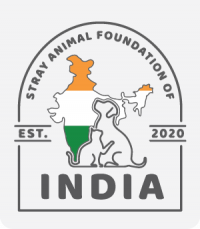

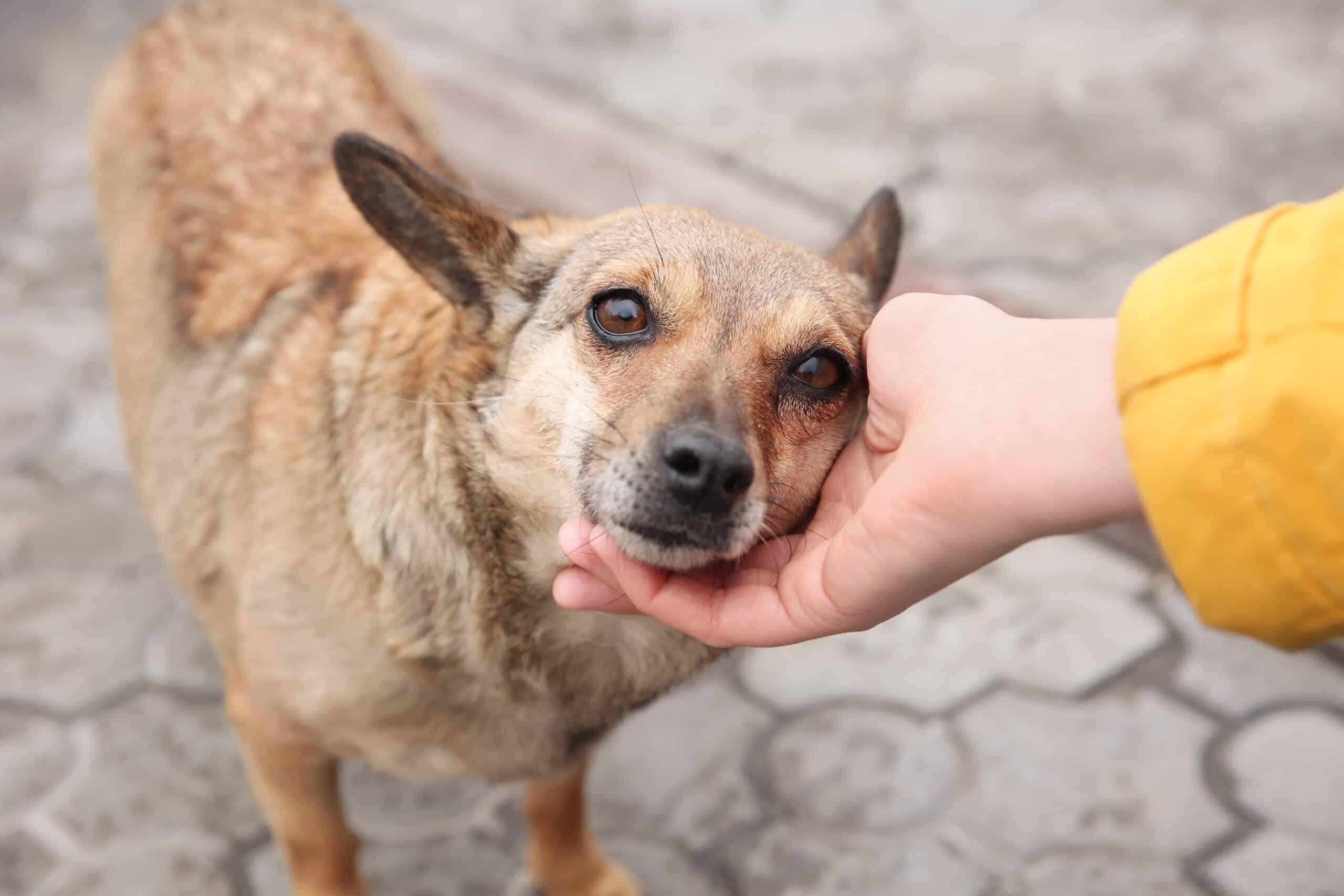

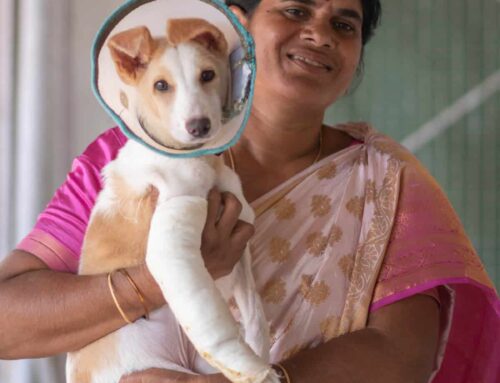
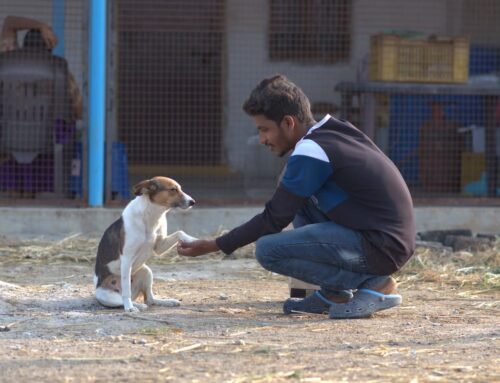
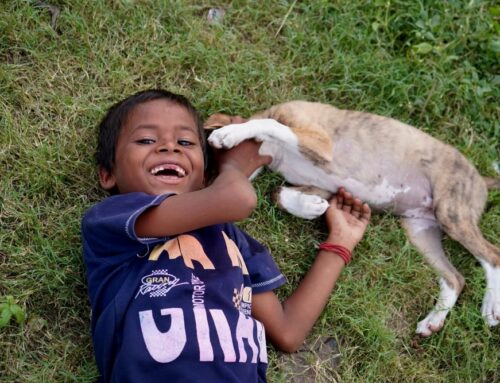




Leave A Comment